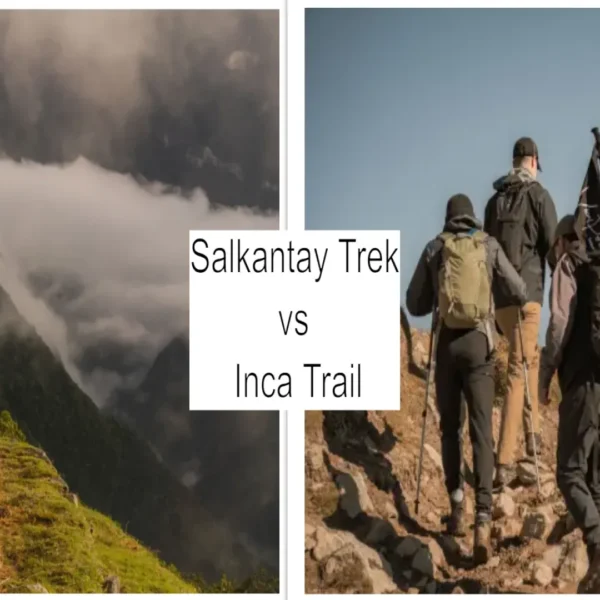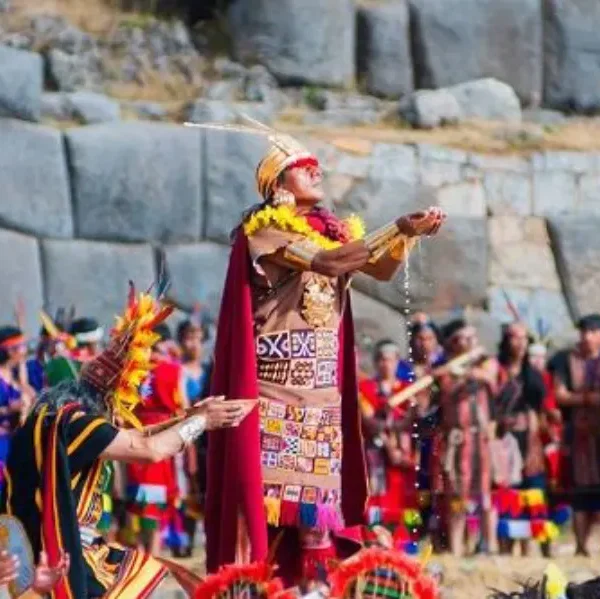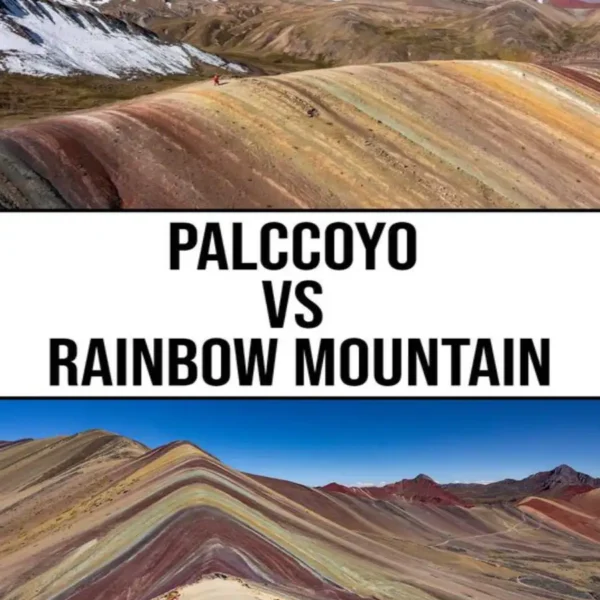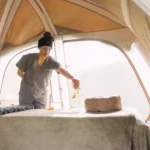Special mention by the National Geographic
Thinking about the Choquequirao trekking to Machu Picchu? Choquequirao is an Incan site in southern Peru, similar in structure and architecture to Machu Picchu. The ruins are buildings and terraces at levels above and below Sunch’u Pata, the truncated hilltop. The hilltop was anciently leveled and ringed with stones to create a 30 by 50 m platform. The complex is 1,800 hectares, of which 30–40% is excavated.[6] The site overlooks the Apurimac River Canyon with an elevation of 1,450 meters (4,760 ft). Choquequirao at an elevation of 3,050 meters (10,010 ft) is in the Vilcabamba mountain range in the Santa Teresa district, La Convención Province of the Cusco Region.
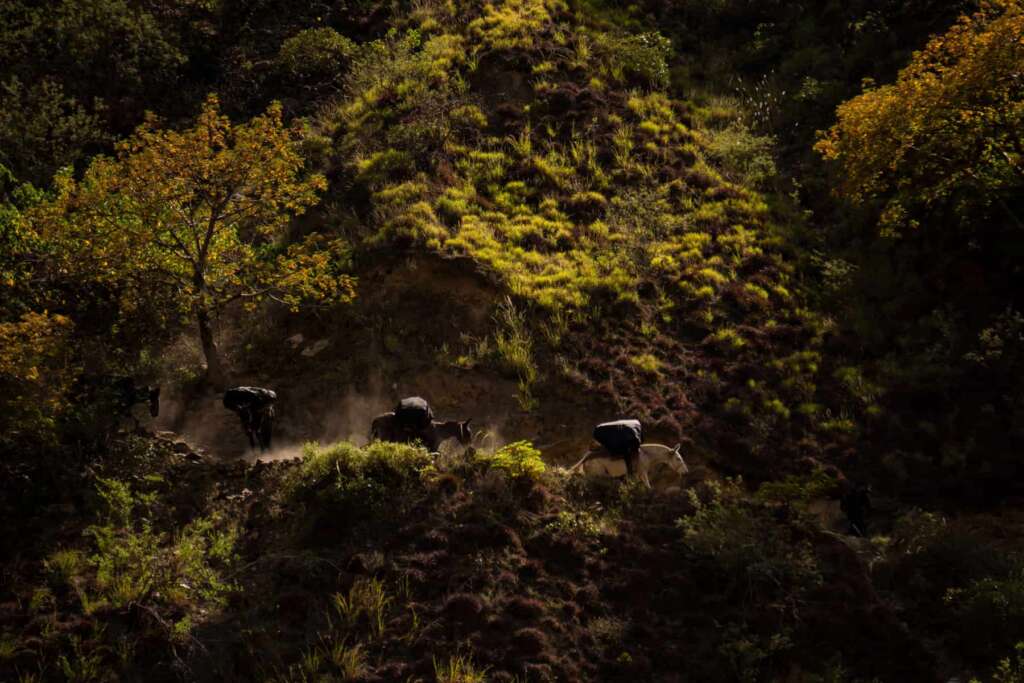
A Little of Choquequirao History
According to Ethan Todras-Whitehill of the New York Times, Choquequirao’s first non-Incan visitor was the explorer Juan Arias Díaz in 1710. The first written site reference in 1768 was made by Cosme Bueno, but was ignored at the time.
Bingham was a delegate to the 1908 First Pan American Scientific Congress and was in Cusco at the time. Bingham decided to visit Choquequirao in 1909 to determine if it was Vilcapampa, the Capital of the last four Incas. He found three groups of buildings, mummified bodies, and places where dynamite had been used in the search of treasure. However, Bingham decided it was merely a frontier fortress, and tempted him to search further
National Geographic recently published as one of the best destinations of the world: seven destinations for a true adventure in 2023 and Beyond
An adventurous trek to the remote sister site of Machu Picchu is becoming more accessible
One of the most remote Inca sites in the Peruvian Andes, the ruins of Choquequirao are reserved for the hardy few who put in the effort to reach it. Those who make the trek to the sprawling complex can do so only on foot, zigzagging up and down steep paths for 18 miles to reach its 10,000-foot elevation, suspended between the high Andes and the jungles below.
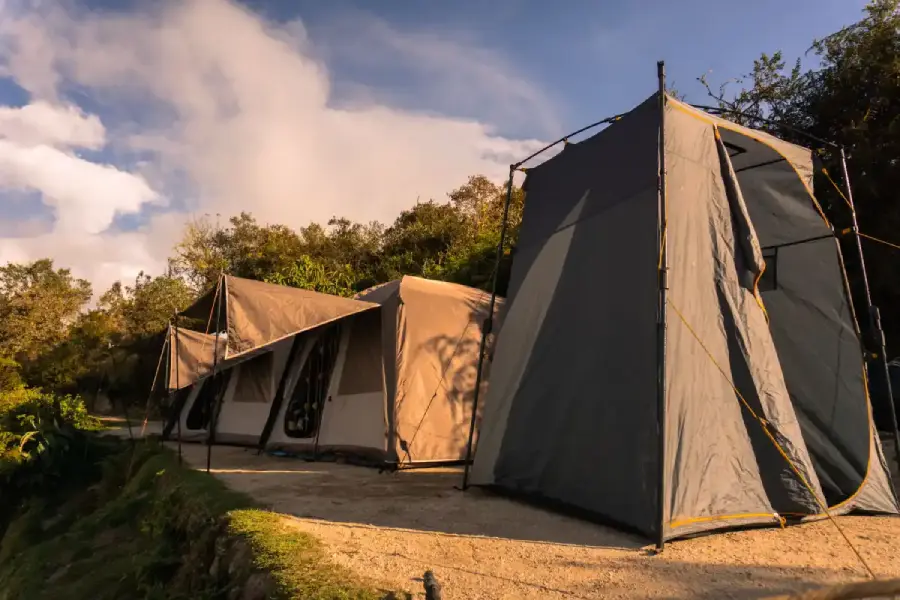
Choquequirao Trekking to Machu Picchu
But change is coming to rock the ‘cradle of gold’, the meaning of Choquequirao in the Quechua language. New infrastructure plans are expected to boost visits to Machu Picchu’s sister city.
Pre-pandemic, Machu Picchu had more than 1.5 million visitors annually, according to Peruvian tourism officials. Choquequirao counted fewer than 9,500. To increase accessibility, the Peruvian government has committed to spending $260 million (£231.12 million) to build a cable car spanning three miles between the town of Kiuñalla and the archaeological site.
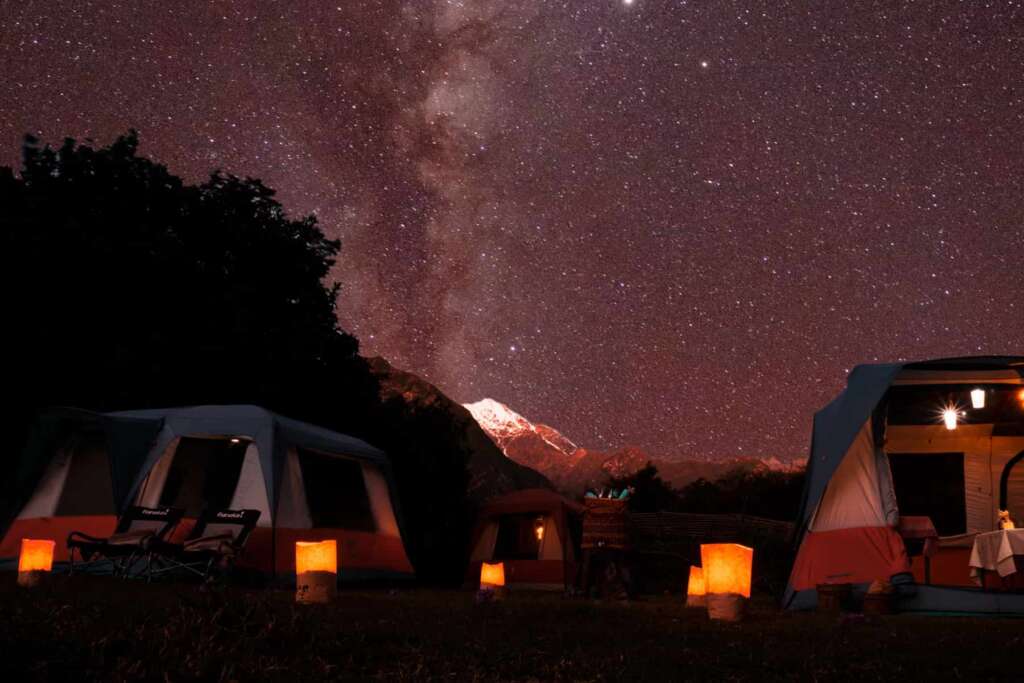
As Lucien Chauvin mentioned: These remote Inca ruins rival Machu Picchu. In the Peruvian Andes, the ruins of the ancient Inca settlement of Choquequirao can only be reached by foot or mule, though a proposed cable car could make the site more accessible. Llamas seem to graze everywhere in Peru’s mountains, but none of them are quite as memorable as the herd at Choquequirao, a sprawling pre-Columbian archaeological complex in the southern Andes. Here, white rocks embedded in the walls of gray schist stone terraces depict two dozen llamas, impressing tourists and archaeologists alike.
“There is nothing else like this in the Andes”: Unique rock art embedded in stone terraces at Choquequirao depicts a parade of llamas. “There is nothing else like this in the Andes. It was an artistic innovation that occurred prior to the 16th century and was never repeated,” says Gori-Tumi Echevarría, who specializes in prehistoric rock art and has worked at the site since the llamas were unearthed in 2005.
Trekking to Machu Picchu and Choquequirao
Choquequirao, or Choque to locals, is a cousin to the more visited Machu Picchu. Built by the Inca, it includes ceremonial halls, chambers that once held mummies, intricate farming terraces, and hundreds of buildings where ancient peoples worked and lived. The llamas—in a perpetual procession toward the ruin’s central plaza where their real-life relatives would have been sacrificed—are the star attraction.
Choquequirao trekking to Machu Picchu, the route to the 10,000-foot-high Choquequirao is not for the faint-hearted. It takes most hikers two or three days to trek there and back, along a 39-mile trail that often hugs the cliffside as the Apurímac River rages below. The route is strewn with rocks and lined with thorny branches.
Thick stone walls and terraced construction characterize the settlement of Choquequirao, which scholars believe the Inca built in the 15th and 16th centuries.
Choquequirao is accessible only by foot (human or mule). That could change if Peruvian authorities agree on a 2011 proposal to create a cable car to ferry visitors to the base of the ruins. Proponents claim the cable car would increase tourism–and bring in revenues–without halting trekkers in the process. Opponents argue that the cable car would not only spoil Choquequirao but that it could also make the entire complex collapse. For now, the site’s remoteness and the difficulty reaching its ruins help it retain a magical, mythical quality.
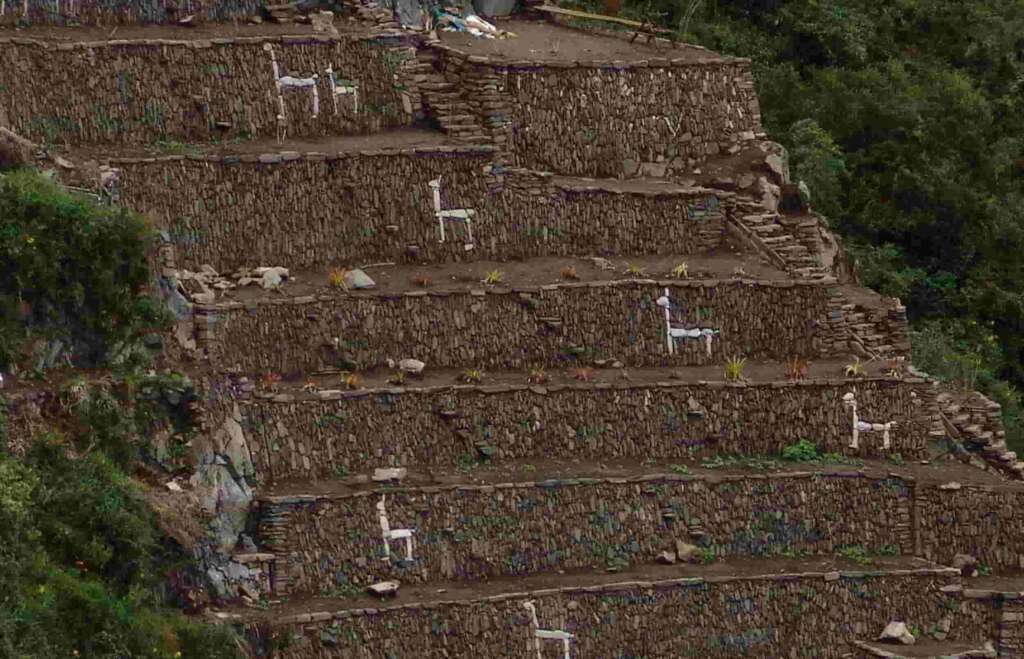
Treasures yet to be discovered. As with Machu Picchu, Choquequirao shows the progression of Inca construction techniques, beginning with simple stone structures and evolving to finely hewn massive blocks that interlock like puzzle pieces. The heart of Choquequirao, with its mummy niches and ceremonial sacrifice platform, is smaller than what tourists see at Machu Picchu, but the complex itself is much larger.
- Links of interest

